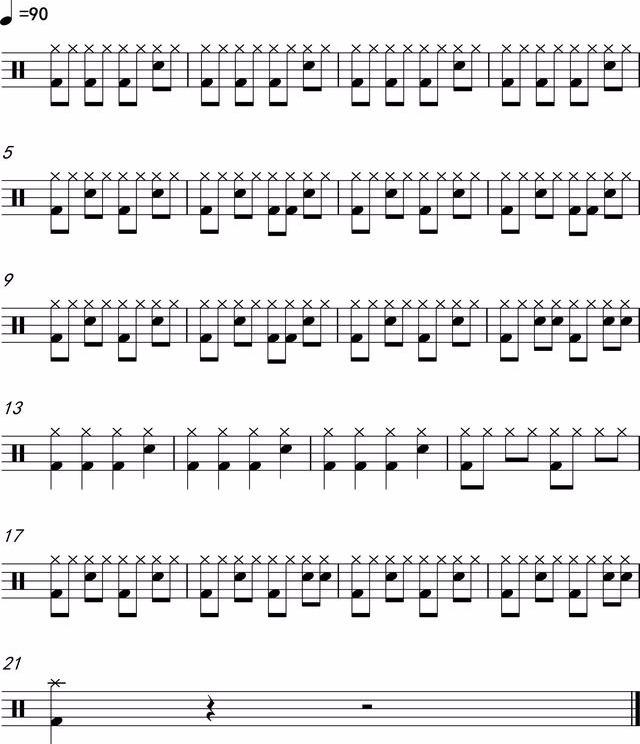
Unit 4 My home
一、【重点单词音标短语】
1.重点单词
bedroom卧室 living room起居室 bathroom浴室
study学习 kitchen厨房 phone电话
table桌子 bed床 sofa沙发
fridge冰箱 find找到 them他们
2.音标
u-e[ju:]
use使用cute可爱的excuse原谅,道歉tube管道mule骡子
u[ʌ]
cut切us我们fun开心up向上
bus公共汽车mum妈妈duck鸭
3.短语
in the study在书房 in the kitchen在厨房 in the bathroom在浴室
in your desk在你的课桌里 in your hand在你手里 on the table在桌子上
under the table在桌子下 on the fridge在冰箱上 near the phone在电话边
on the bed在床上 watch TV看电视 read a book看书
have a snack吃点心 have a nap睡一会儿 open the door开门
look at看
Go to the living room, watch TV去客厅,看电视
Go to the study, read a book去书房,看书/读书
Go to the kitchen, have a snack去厨房,吃零食
Go to the bedroom, have a nap去卧室,睡觉
Go to the bathroom, take a shower.去浴室,洗澡
二、【重点句型】
1.询问人或物的具体位置的句型。
(1)Where is she?她在哪儿? Look! She's in the kitchen.她在厨房。
上句问句是由where引导的特殊疑问句,用于询问人或物的具体位置,用的是单数形式。句型结构为:"Where is 人/物(单数)?"答语为:"人/物 is 表示地点的介词短语(in the bedroom,on the table.)
e.g.
Where is my mother?我的妈妈在哪儿?
She is in the living room她在客厅。
Where is the phone?电话在哪儿?
It's on the table.它在桌子上。
(2) Where are the keys?钥匙在哪儿?Look! They're in the door.看!它们在门上.
上句问句是由where引导的特殊疑问句,用于询问人或物的具体位置,用的是复数形式.句型结构为:"Where are 人/物(复数)?"答语为:"人/物十are 表示地点的介词短语(in the bedroom,on the table…)."
e.g.
Where the teachers?老师们在哪儿?
They are in the office.她们在教师办公室。
Where are my pens?我的钢笔在哪儿?
They are on the sofa.它们在沙发上。
2.确认人或物的具体位置的句型。
(1)Is she in the living room?她在客厅吗No,she isn't.不,她不在
上句间句是一般疑问句以系动词Is开头,用于确认单数的人或物的具体位置。句子结构为,"Is 人/物(单数) 表示地点的介词短语?"肯定回答为Yes, he/she/it is. 否定回答为:No,he/she/isn't
e.g. Is the dog under the bed?狗在床下面吗?
Yes,it is. 是的,它在。
Is your father in the kitchen?你的爸爸在厨房吗?
No,he isn't. 不,他不在.
(2)Are they on the table?它们在桌子上吗? No,they aren't.不,它们不在
上句问句是一般疑问句,由系动词are引导,用于确认复数的人或物的具体位置。句型结构为:"Are 人/物(复数) 表示地点的介词短语?"肯定回答为: "Yes,they are." 否定回答为"No,they aren't."
e.g.
Are they on the table?它们在桌子上。
Yes,they are.是的,它们在。
Are the keys on the fridge?钥匙在冰箱上吗?
No,they aren't.不,它们不在。
3.Open the door, please.请打开门。
此句是祈使句,祈使句是用来表达命令、请求或禁止的句子。please意为"请",是礼貌用语,常用在祈使句的句首或句末。
e.g. Come in, please.请进。Please open your books.请打开你们的课本。
Let's clean the bedroom.我们来扫卧室吧。
三、【重点语法】
1.is//are开头的句子属于一般疑问句,回答是yes或者no,然后根据句子的开头进行颠倒变化。
e.g. Is this a bird? Yes, it is.
Are they Chinese? Yes, they are.
2.询问物品位置:
e.g. Where are the keys? They're in the door.
1. 祈使句。
e.g. Open the door, please.
Be(is, am, are)的用法口诀
我用am,你用are,is连着他,她,它;
单数名词用is,复数名词全用are。
变疑问,往前提,句末问号莫丢弃。
变否定,更容易,be(am, is, are)后not莫忘记。
疑问否定任你变,句首大写莫迟疑。
,




